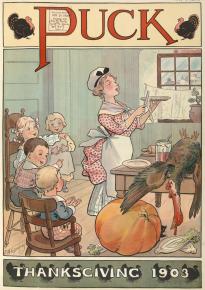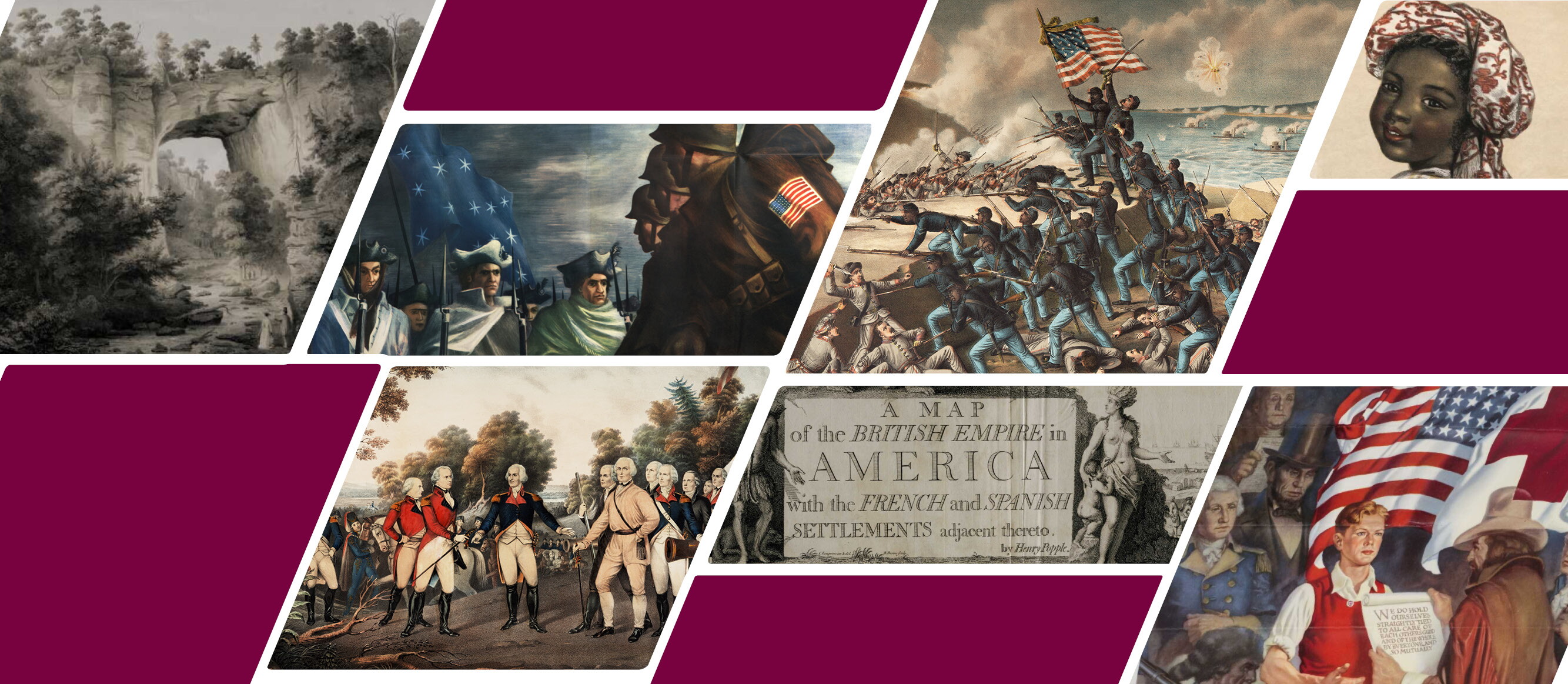 The Plymouth colonists and the Wampanoag shared an autumn feast in 1621 that served as the basis for what we now celebrate as Thanksgiving. Though the event continued to be celebrated, first across the colonies and then the United States, it was not until 1863 that President Abraham Lincoln proclaimed Thanksgiving Day a national holiday.
The Plymouth colonists and the Wampanoag shared an autumn feast in 1621 that served as the basis for what we now celebrate as Thanksgiving. Though the event continued to be celebrated, first across the colonies and then the United States, it was not until 1863 that President Abraham Lincoln proclaimed Thanksgiving Day a national holiday.
Explore the history of Thanksgiving, from its origins through its evolution into a recognized federal holiday on the fourth Thursday of November.
Spotlight and Video on the Thanksgiving Proclamation
- “Thanksgiving Proclamation, 1863”: Abraham Lincoln issued this proclamation encouraging Americans to observe the last Thursday in November as a Day of Thanksgiving. Explore the document and its history through a special episode of Inside the Vault, highlighting the text of the document itself, and questions for discussion.
Video
- “Thanksgiving: Another Serving” a presentation by Jill Lepore: Harvard professor and New Yorker staff writer Jill Lepore describes how, within a single generation, relations between the settlers and the Wampanoags declined from the fabled First Thanksgiving to a devastating war.
History Now Essay
- “A History of the Thanksgiving Holiday” by Catherine Clinton. In this essay, published in the “American National Holidays” issue of History Now, award-winning historian and University of Texas professor Catherine Clinton traces the development of Thanksgiving as a quintessentially American tradition that has become an official part of our national identity and holiday calendar.
Lesson Plan
- “Pilgrims, the Plymouth Colony, and Thanksgiving, 1608–1621”: Students will analyze primary and secondary sources on the voyage of the Pilgrims to America aboard the Mayflower, the writing of the Mayflower Compact, and the origins of Thanksgiving.
